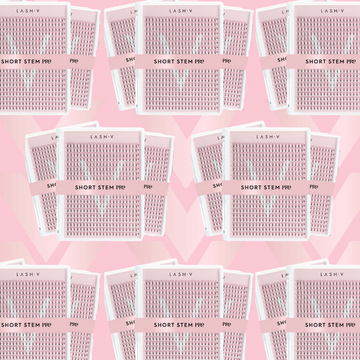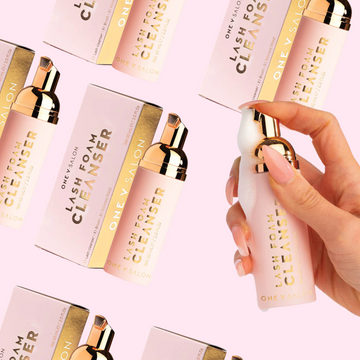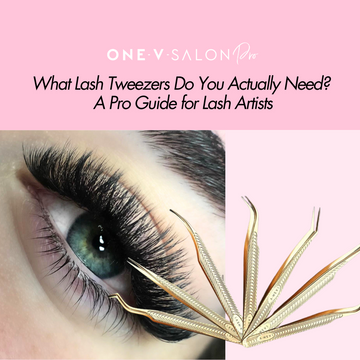PRO TIPS
One V Salon Pro Lash Adhesive Comparison Chart


We know, choosing a lash adhesive can be confusing. Which one will give the best retention? Selecting the perfect lash adhesive can make a significant difference in your lash application experience. Factors such as lash speed, humidity, sensitivity to fumes, and drying time play crucial roles in determining the adhesive that best suits your needs. In this guide, we'll delve into each of these considerations to help you make an informed decision.
1. Determine your Lash Speed
- If you're a beginner or prefer a slower application pace, opt for adhesives with a longer drying time.
- For experienced lash artists or those who prefer a quicker application process, fast-drying adhesives are ideal.
2. What is your Humidity?
- High humidity environments require adhesives with a faster drying time to prevent lashes from sticking together.
- In low humidity environments, slower drying adhesives are preferable to allow more time for adjustment and placement.
3. Fume Sensitivities
- Individuals with sensitivities to fumes should opt for low-fume or fume-free adhesives to minimise irritation.
- Consider adhesive formulations that prioritise safety and comfort without compromising on performance.
4. Adhesive drying time vs lashing speed
- Quick-drying adhesives are suitable for time-sensitive applications or clients who prefer minimal waiting time.
- Longer drying adhesives offer more flexibility and adjustment time, making them ideal for intricate lash designs or beginners.
5. Choose your Lash Adhesive's Strength
- Choose adhesives with appropriate bonding strength based on the client's natural lash type and desired retention duration.
- Stronger adhesives are suitable for clients with thicker natural lashes or those seeking extended wear, while gentler formulas are ideal for sensitive clients or shorter-term applications.
6. Retention Duration
- Consider the desired longevity of the lash extensions when selecting an adhesive. Adhesives with stronger bonding properties typically offer better retention over time.
- Factors such as client lifestyle, maintenance routine, and natural lash growth cycle should also be taken into account.
7. Allergies and Sensitivities
- Prioritise hypoallergenic adhesives for clients with known allergies or sensitivities to common lash adhesive ingredients.
- Conduct patch tests and thorough consultations to identify potential reactions and select the most suitable adhesive option.

Choosing the right lash adhesive involves considering various factors such as lash speed, humidity, fume sensitivities, drying time, adhesive strength, retention duration, and client allergies. By understanding these factors and their implications, you can select an adhesive that meets your specific needs and preferences, ensuring a seamless and comfortable lash application experience for both you and your clients.




